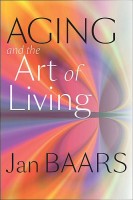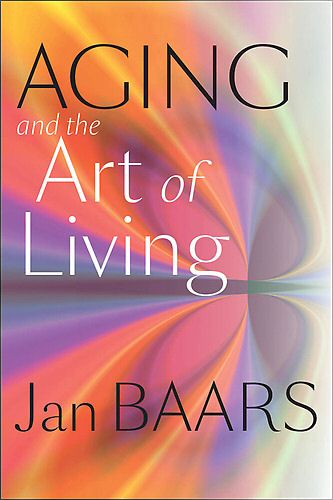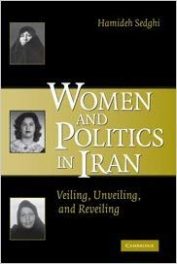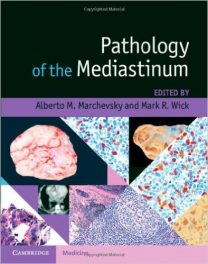 Author: Jan Baars
Author: Jan Baars
Publisher: Johns Hopkins University Press – 283 pages
Book Review by: Nano Khilnani
The author of this book takes an uncommon view on aging. He asserts some facts and makes some observations that are contrary to common beliefs and assumptions in today’s world. Among them are:
- Living longer does not mean living better
- There has been an overall loss of respect for aging
- Understanding and “dealing with” aging people has become a process focused on the decline of potential and the advance of disease
In comparing and contrasting today’s attitudes and views toward aging with those prevailing during the age of enlightenment (the era of Aristotle, Cicero, Plato, Sophocles and others) he points out that:
In the classical period…
- People then had a far better sense of the provisional nature of living
- There was a philosophical and religious emphasis on cultivating the art of living and the idea of wisdom
The author suggests there needs to be a balanced emphasis on the measuring of age with the concept of “living in time.”
This book is about the art of aging. The author asks a provocative question in his Introduction: Do we need an art of aging? Is it not something that happens naturally over time? He points out that essentially the art of aging is the art of enjoying life, but not in a hedonistic sense. To enjoy living a long life, he asserts that we be able:
- To face enduring problems more effectively
- Open up possibilities to enjoy life more deeply
How do we do that? He writes: “To achieve these ends, we need to explore our own potentials and limitations and learn to contribute to a culture that stimulates and supports aging people to lead full lives. Developing an art of aging can help create such a culture.”
Essentially then, he answers the question “do we need an art of aging?” by saying: “we need an art of aging when our questions, needs, or problems can neither be answered or solved by science or technology in a broad sense, nor can they be satisfied by buying the many things that are on offer if one can afford them.”
Jan Baars reveals that when he looked at the possibility of doing academic research on aging, and began looking at the publications on this subject in the mid-1980s, he was appalled at the choices available.
He writes: “I was shocked by the ways in which “the aged,” “the elderly” and “the old” were portrayed, as if they were a strange and utterly problematic species…one-sided negative images of aging, though possibly well-intended, were not helpful in taking the persons concerned seriously, as if nothing could be expected from people who could not take care of themselves.”
Among the many questions relating to the art of aging that the author explores in this book are those on “whether cultures of the past might offer some inspiration for richer ways of aging.” So he investigates issues on aging in ancient Greek and Roman philosophy, particularly on how aging was associated with acquiring wisdom. He writes that for the Greeks, “wisdom had everything to do with clarity of thought and discussion.”
The subjects related to the art of aging, enjoying life, acquiring wisdom and the like covered in this book are organized into six sections, namely:
- Chromatic Regimes: The Life Course, Aging, and Time
- Exclusion, Activism, and Eternal Youth
- A Passion for Wisdom and the Emergence of an Art of Aging
- Modern Science, the discovery of a Personal History, and Aging Authentically
- Aging and Narrative Identities
- Perspectives – Toward an Art of Aging
A Conclusion is provided at the end of each of the six sections of this work to get across to readers the main points made. An interesting conclusion for example, is the one on the relationship between age and wisdom in chapter 3.
In it, he writes: “The classical Greek culture of the philosophers developed the interesting idea that wisdom was not a quality that people would acquire as they entered old age, but it was something to love and search for. Moreover, because this search would take a long time, the chance to become wise as one lived longer increased, assuming one had sincerely assumed this path.”
This is an unusual, original and insightful book on the subject of aging, to say the least. It impels us to think about what contribution we would make to this world; what legacy we would leave. When one is already aged, it might be too late to start working on creating something of value to leave to your fellowmen. This is therefore a must read for those who want enjoy the art of living by giving to, as well as learning from, others.
Jan Baars is professor of interpretive gerontology at the University for Humanities in Utrecht, the religious center of the Netherlands since the eighth century. He is author and co-editor of almost 20 books, including Aging, Globalization and Inequality: The New Critical Gerontology, in Dutch, English, Finnish, French, and German.







